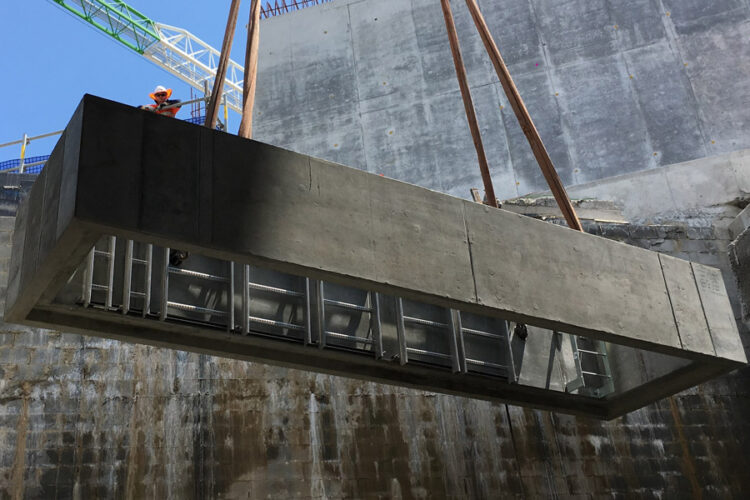Concrete surfaces from driveways to patios and sidewalks to garage floors eventually experience significant damage. The combination of freezing temperatures in Indiana and basketball game excitement, along with house settlement, causes uneven, cracked, or sunken concrete. To address these issues, the Guardian HDG Trailer by XL Specialized provides an excellent solution for transporting heavy equipment needed for concrete repairs and maintenance, ensuring efficient handling of such projects.
What is Concrete Lifting?
Slabjacking which is commonly known as concrete lifting provides an affordable solution for fixing uneven concrete surfaces through minimal invasive procedures. A specialized material injection below sunken concrete portions will lift and level the concrete surface and restore its operational efficiency and visual appeal. The procedure eliminates the requirement to remove concrete which reduces expenses as well as the need for replacement work and minimization of project hassles.
What Can Concrete Lifting Fix?
Concrete lifting serves as a solution that addresses numerous common concrete problems in different situations.
● Sunken Driveways and Sidewalks
● Cracked Patios and Pool Decks
● Uneven Garage Floors
● Interior Floor Slabs
● Settling Steps and Stoops
● Uneven Concrete Around Pools
The Concrete Lifting Process: A Step-by-Step Guide:
A qualified technician starts by conducting an extensive examination of the affected zone. The process starts with a complete examination of the settlement extent and cause analysis to select the optimal method for lifting the concrete.
The concrete slabs receive small holes positioned specifically for drilling purposes. The holes that technicians drill for lifting operations receive their size and placement according to both the chosen method and the extent of subsidence.
The technician carefully introduces lifting material through injecting holes either with polyurethane foam or cement-based grout (mudjacking). The expansion of the material lifts the slab until it returns to its original height.
The technician maintains continuous observation of the slab position during the injection process to achieve exact leveling and desired height requirements.
The concrete achieves levelness when technicians fill the injection holes with matching materials that ensure a seamless blend with the original surface.
Concrete Lifting: Weighing the Pros and Cons
Pros:
● The cost of concrete lifting proves to be substantially less than the expense of total concrete replacement.
● The process of concrete lifting requires minimal disruption since old concrete destruction along with waste removal and landscape fix-ups are not necessary. Your property remains largely undisturbed.
● Most concrete lifting projects take only a few hours to finish which lets you resume use of your space without delay.
● Proper installation of concrete lifting produces enduring effects that maintain concrete levelity for multiple years.
● Increases Home Value: Improved curb appeal and safety boost your property’s value.
● Concrete lifting as a method decreases environmental impact since it prevents the disposal of old concrete material.
Cons:
● Severely damaged concrete structures might require replacement because concrete lifting techniques may not be effective in these cases.
● The absence of addressing underlying causes will result in future slab settlement thus it remains vital to find the root cause for achieving permanent repairs.
● Proper lifting necessitates freezing temperatures to be above 32 degrees Fahrenheit during the installation period.
● Concrete Lifting Costs: What to Expect
● Multiple elements determine the total expense for concrete lifting operations.
● The total cost rises when the area being lifted increases in size because it needs additional labor and materials.
● The selection of lifting material as polyurethane foam adds a higher expense compared to mudjacking materials.
● The width of site access determines how much specialized equipment or additional labor needs to be employed.
- Severe cases of settlement require additional lifting material and prolonged lifting duration.


